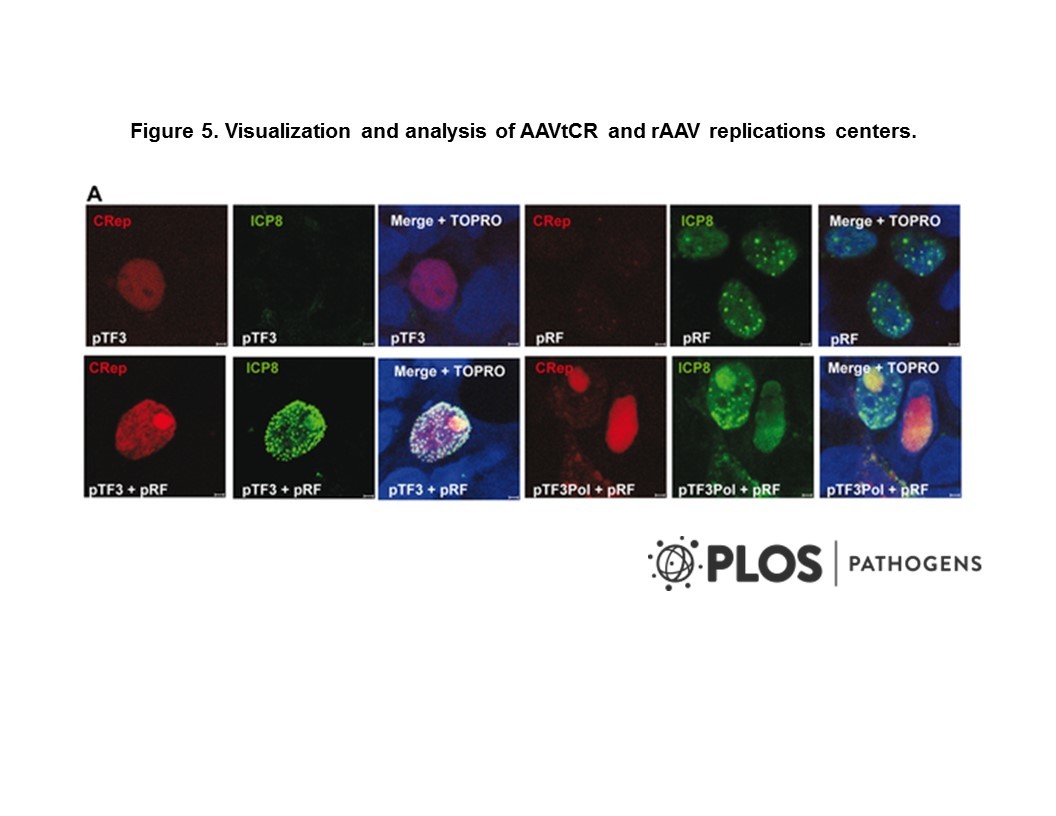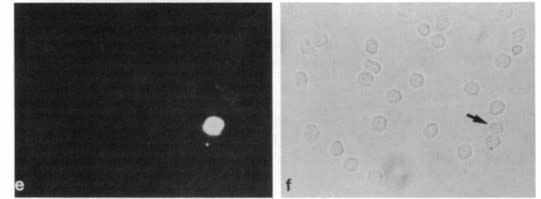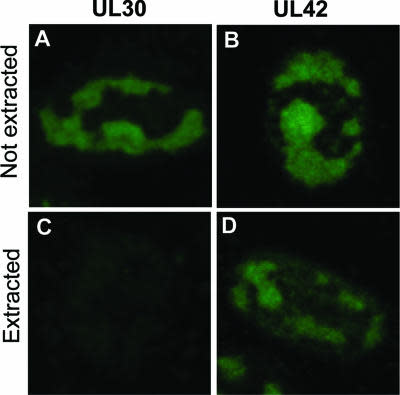Cat. #152637
Anti-BHMT [3E7]
Cat. #: 152637
Sub-type: Primary antibody
Unit size: 100 ug
Availability: 10-12 weeks
Target: Betaine homocysteine S-methyltransferase
Class: Monoclonal
Application: FACS ; WB
Reactivity: Zebrafish
Host: Mouse
£300.00
This fee is applicable only for non-profit organisations. If you are a for-profit organisation or a researcher working on commercially-sponsored academic research, you will need to contact our licensing team for a commercial use license.
Contributor
Institute: A*STAR Accelerate Technologies Pte Ltd
Tool Details
*FOR RESEARCH USE ONLY
- Name: Anti-BHMT [3E7]
- Clone: Array
- Tool sub type: Primary antibody
- Class: Monoclonal
- Conjugation: Unconjugated
- Reactivity: Zebrafish
- Host: Mouse
- Application: FACS ; WB
- Description: Betaine homocysteine S-methyltransferase (BHMT) shares 61% sequence homology between human and mouse gene. This 406 amino acids protein is found in both eukaryotes and prokaryotes. Homocysteine is generated from S-adenosylhomocysteine (SAH) through S adenosylhomocysteine hydrolase (SAHH) catalyzed reaction, into homocysteine and adenosine. This reversible reaction is thermodynamically favoured in the reverse reaction, synthesizing SAH. Therefore, to prevent the reverse reaction, adenosine is metabolized by adenosine deaminase and homocysteine is metabolized through several means of which BHMT is one of them. The action of BHMT is to catalyze resynthesis of methionine using homocysteine and methyl donor betaine. Betaine could be obtained from diet and in mammalian cells, it can be produced by choline oxidation in liver and kidney. Studies in many animal models revealed that liver and kidney are main organs for BHMT. BHMT presence is also detected in lens as well as in hepatocyte membrane, which thus lends speculations about other possible physiological roles besides methionine synthesis. Therefore, much studies have to be undertaken, to understanding the other physiological roles, if any, of BHMT besides the traditional role in methylation in future.
- Immunogen: GST-BHMT fusion protein
- Isotype: IgG1
- Myeloma used: Sp2/0-Ag14
- Recommended controls: Zebrafish embryo lysate
Target Details
- Target: Betaine homocysteine S-methyltransferase
- Tissue cell line specificity: Zebrafish embryo lysate
- Target background: Betaine homocysteine S-methyltransferase (BHMT) shares 61% sequence homology between human and mouse gene. This 406 amino acids protein is found in both eukaryotes and prokaryotes. Homocysteine is generated from S-adenosylhomocysteine (SAH) through S adenosylhomocysteine hydrolase (SAHH) catalyzed reaction, into homocysteine and adenosine. This reversible reaction is thermodynamically favoured in the reverse reaction, synthesizing SAH. Therefore, to prevent the reverse reaction, adenosine is metabolized by adenosine deaminase and homocysteine is metabolized through several means of which BHMT is one of them. The action of BHMT is to catalyze resynthesis of methionine using homocysteine and methyl donor betaine. Betaine could be obtained from diet and in mammalian cells, it can be produced by choline oxidation in liver and kidney. Studies in many animal models revealed that liver and kidney are main organs for BHMT. BHMT presence is also detected in lens as well as in hepatocyte membrane, which thus lends speculations about other possible physiological roles besides methionine synthesis. Therefore, much studies have to be undertaken, to understanding the other physiological roles, if any, of BHMT besides the traditional role in methylation in future.
Applications
- Application: FACS ; WB
Handling
- Format: Liquid
- Unit size: 100 ug
- Shipping conditions: Shipping at 4° C
References
- Yang et al. 2011. Endocrinology. 152(12):4706-17. PMID: 21952238.
- Depletion of Bhmt elevates sonic hedgehog transcript level and increases ?-cell number in zebrafish.


![c6abb3e6-c5ec-44a4-b219-49e4212e96be.jpg Western blot analysis using anti-BHMT [3E7] on Zebrafish embryo lysate (+) and control BHMT KO Zebrafish control lysate (-)](https://cancertools.org/wp-content/uploads/c6abb3e6-c5ec-44a4-b219-49e4212e96be.jpg)




